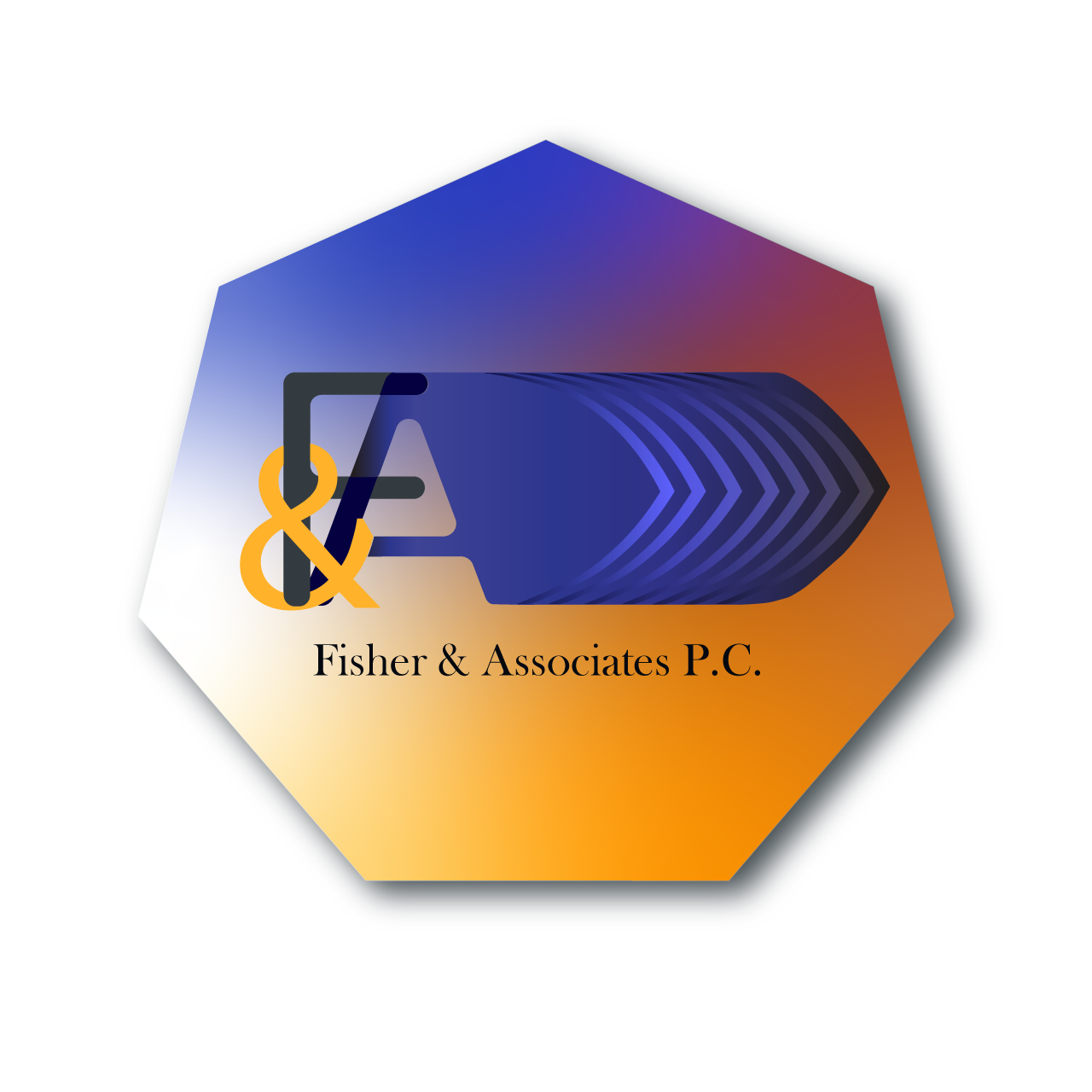Settling a car accident case outside the court room or with the help of Personal Injury Attorneys is a very personal decision. There is an associated risk with a trial while some cases are worth rolling the dice. This holds true when insurance companies and their adjusters are not willing to pay full and fair monetary compensation to the plaintiff. Your personal injury lawyer can make a recommendation on whether you should settle out of court or should proceed with trial. If your case is moving towards trial, you should mentally prepare for what to expect. Personal injury trials are not fancy and entertaining like TV dramas, they can be tiresome, lengthy and expensive. They can last for days or weeks and it takes a considerable amount of time from every individual involved. If you or any of your loved one has sustained injuries due to someone else’s negligence, you may be able to file a personal injury claim or lawsuit. If the at-fault party’s insurance company refuses to favorably settle the case, you have no option other than litigating the case and moving towards trial. We are ready to assist you with a result-oriented presentation for your case.
Stages in a Personal Injury Trial
There are several components that are involved in trials. Most jury trials involve jury selection, opening statements, calling of witnesses, closing arguments, jury instructions, jury deliberations and finally the verdict. The role of a judge is to rule on evidentiary issues, instruct the jury on the law and keep the case moving smoothly. If the jury members cannot agree upon the unanimous verdict, we call it “hung jury” and it can result in a mistrial.
Jury Selection
Jury members are selected from a pool of jurors. During the process, which is called voir dire, potential jurors typically answer a series of questions designed to expose potential bias and prejudices. Jury selection can be a lengthy process, but your attorney will do their best to sort through potential jurors and select a jury that gives unbiased judgment.
Opening Statements
At the beginning of the trial, each auto accident attorney is allowed an opening statement. The attorney will provide the jury with an overview of what they believe the evidence will demonstrate. The attorneys may also tell the jurors how they can decide the case or the deserved amount of the plaintiff.
Conduction of Trial
The longest portion of the trial is the examination of witnesses. These include both lay and expert witnesses. Expert witnesses may include medical experts, economists, vocational rehabilitation experts, and other specialists who can testify the impact of injuries on plaintiff’s ability to work. Each party is entitled to call their own witnesses, and question them during a process that is referred to as direct examination. Before each witness is excused, they are subjected to cross-examination, or questioning by the opposing attorney. When the cross-examination begins, the defendant’s personal injury lawyer may ask questions to the plaintiff to expose any potential weakness in plaintiff’s case. After the cross-examination is finished, the plaintiff’s attorney can again ask questions on a re-direct examination to clarify points made by the cross-examination from the defense. Once the plaintiff has called all their witnesses to testify, it is now the defendant attorney’s turn to begin calling witnesses. The entire process of calling the witnesses may take days, weeks, or even months, depending on the complexity of the case.
Closing Arguments
Each attorney wraps up their presentation of evidence by making a closing argument. The closing argument is a summary of the attorney’s point of view for the case. Key points are often bought up and emphasized within the closing argument. It is the last time either side can discuss evidence and testimony that was introduced during the trial. Call the award-winning Personal Injury Attorney Denver Today for FREE Consultation at 303-779-5300.

Recent Comments